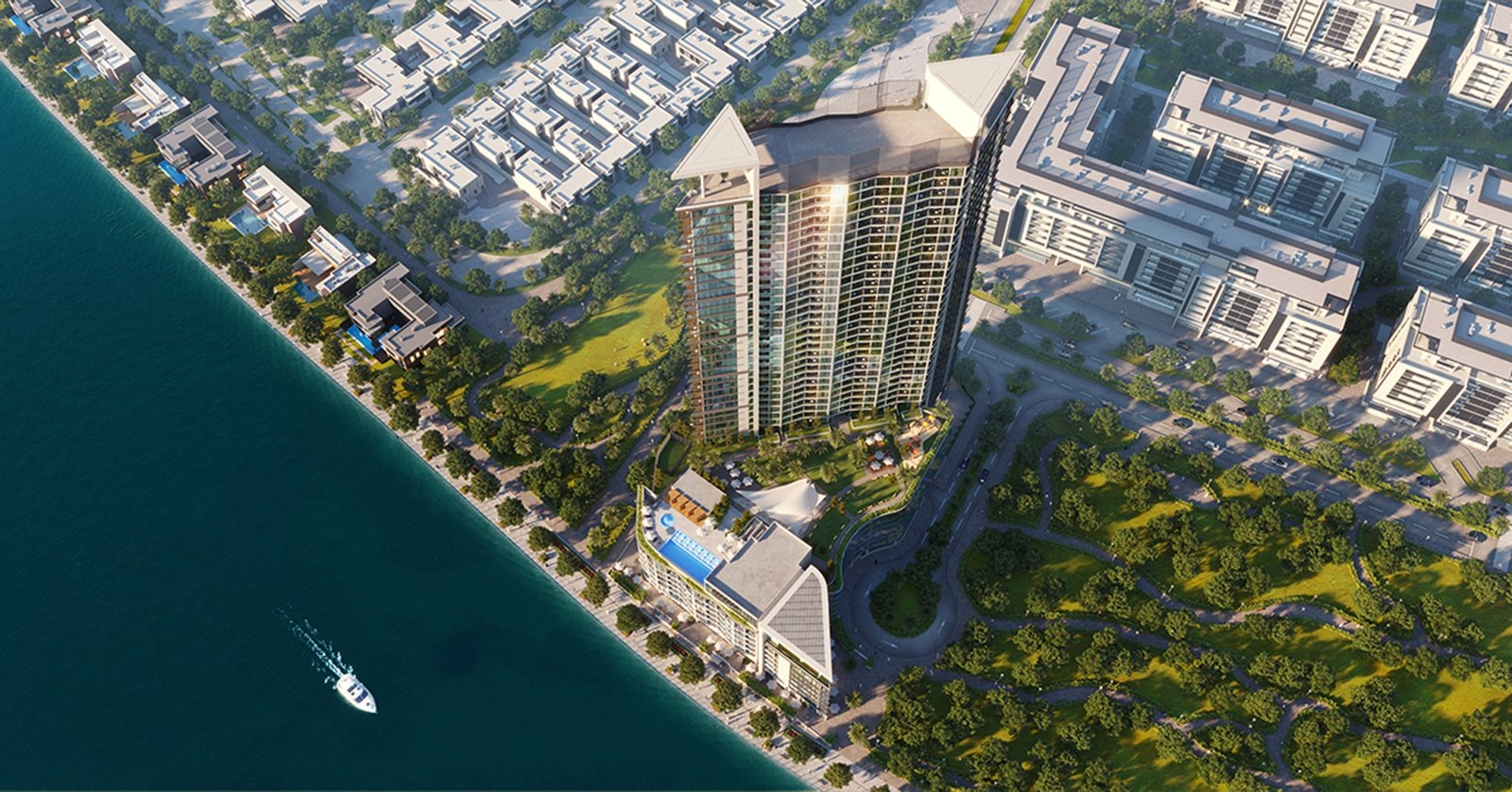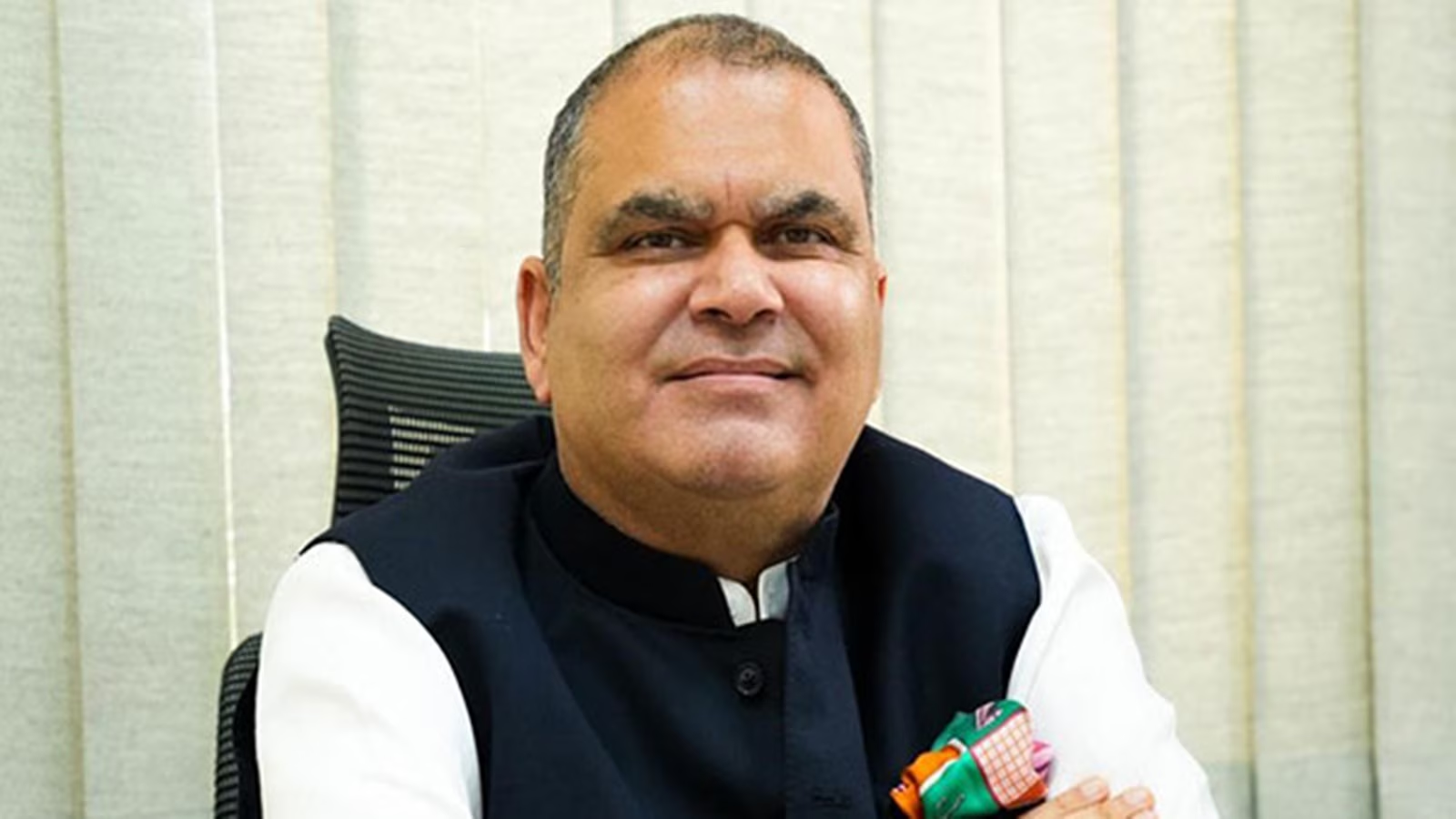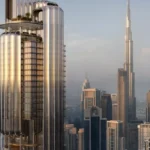Now Reading: “How Dubai’s VTOL Air Taxis Will Make Traffic Jams History 2025!”
-
01
“How Dubai’s VTOL Air Taxis Will Make Traffic Jams History 2025!”
“How Dubai’s VTOL Air Taxis Will Make Traffic Jams History 2025!”
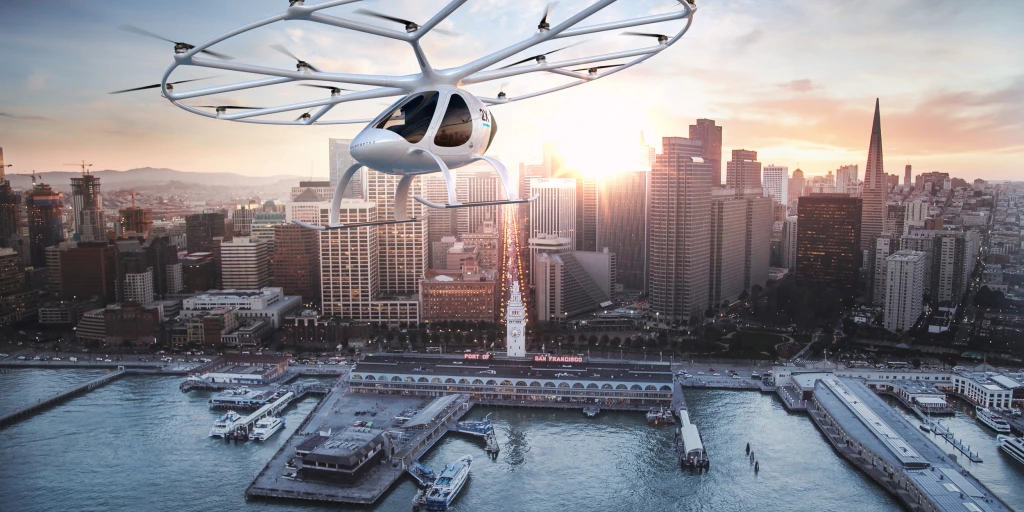
Table of Contents
Dubai, famous for its skyscrapers, luxury shopping, and futuristic visions, is now preparing to make history once again—this time in the skies. The city has officially announced its plans to launch VTOL (Vertical Take-Off and Landing) taxis, also known as air taxis, in an effort to revolutionize short-distance urban transport. These futuristic vehicles are designed to ease road traffic, reduce travel time, and offer passengers a completely new, exciting way to move across the city.
This step comes as part of Dubai’s grand vision to become a global leader in smart mobility solutions. Let’s explore how these flying taxis are set to transform life in one of the world’s busiest cities.
What are VTOL Taxis?
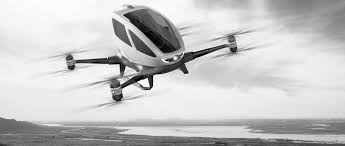
VTOL taxis are electric-powered aircraft that can take off, hover, and land vertically—just like helicopters. However, unlike noisy and fuel-consuming helicopters, these aircraft are designed to be quieter, more energy-efficient, and environmentally friendly. VTOL vehicles use advanced battery technologies and lightweight materials, making them a practical solution for busy city transport.
In simple words, VTOL taxis are small flying vehicles that act like air taxis, carrying passengers from one rooftop or landing pad to another in minutes, without the need for traditional runways.
Why Dubai is Leading the VTOL Revolution
Dubai is no stranger to bold, futuristic projects. The city’s leaders believe that VTOL taxis can solve several major problems in urban transport:
- Heavy Traffic:
Dubai’s roads are becoming more crowded every year. VTOL taxis can lift travel off the streets and into the sky, reducing congestion below. - Time-Saving:
A car journey that usually takes 45 minutes during peak traffic may take only 10 minutes with a VTOL taxi. This is ideal for business professionals, tourists, and emergency services. - Eco-Friendly Technology:
VTOL taxis are designed to run on electricity, producing zero emissions. This fits Dubai’s green goals under its “Clean Energy Strategy 2050”. - Tourist Attraction:
Flying taxis will also become a unique experience for the millions of tourists visiting Dubai every year.
Dubai’s government aims to have 25% of all transport autonomous by 2030, and VTOL taxis are a big part of this plan.
Which Companies Are Behind This Technology?

The city’s Roads and Transport Authority (RTA) is working with top international companies to make air taxis a reality.
Some of the key names include:
- Joby Aviation (USA): Known for its quiet, all-electric aircraft with a range of 150 kilometers and speeds of up to 320 km/h.
- Volocopter (Germany): Its two-seater electric VTOL aircraft has already performed several successful test flights in Dubai.
- EHang (China): Specializes in autonomous flying vehicles for short-distance travel.
These companies are in a race to build safe, fast, and cost-effective VTOL taxis that can work in Dubai’s extreme weather conditions.
How Will VTOL Taxis Operate in Dubai?
Dubai is preparing to build special “vertiports”—mini airports for VTOL taxis—at key locations such as:
- Dubai International Airport (DXB)
- Downtown Dubai (near Burj Khalifa)
- Dubai Marina
- Palm Jumeirah
Passengers will be able to book their rides using a smartphone app, select departure and arrival points, and enjoy quick and hassle-free check-ins at these vertiports.
Each ride is expected to be monitored using AI-powered air traffic control systems to ensure safety, avoid collisions, and manage multiple VTOL taxis in the air.
When Will VTOL Taxis Be Available?

According to the RTA, Dubai plans to launch its first operational VTOL taxi service by 2026, after completing all safety tests and airspace regulations.
Test flights have already taken place over the past few years with success, and Dubai hopes to be the first city in the world to launch a fully functional, commercial flying taxi service.
What Are the Challenges?
While the future looks exciting, several challenges remain:
- Safety and Air Traffic Control:
Managing hundreds of flying vehicles in the city’s airspace requires perfect coordination and strong regulations. - Public Acceptance:
Passengers may take time to trust flying taxis, especially those controlled by AI or without pilots. - Cost:
In the early years, VTOL taxis may be expensive—used mostly by business travelers or luxury tourists. However, with time and mass adoption, costs are expected to drop. - Infrastructure Development:
Building enough vertiports and charging stations will take time and investment.
The Global Impact
Dubai’s air taxi plan is being closely watched by cities like Los Angeles, Paris, and Singapore, which are also exploring VTOL technology. If Dubai succeeds, it could become a global example for the future of urban transport.
Conclusion
The introduction of VTOL taxis in Dubai is not just about faster travel—it’s about reshaping the way people think about city transport. What once sounded like science fiction is now becoming real, with flying taxis soon to become part of everyday life in this ambitious city.
Dubai’s efforts could mark the start of a global air taxi revolution, promising cleaner skies, faster commutes, and a transport system that lifts us above the traffic jams of the past.
As the world watches, Dubai is ready to fly into the future.
Read More:- Shobha Realty Launches Its Most Luxurious Project Yet—Full Details Inside 2025



